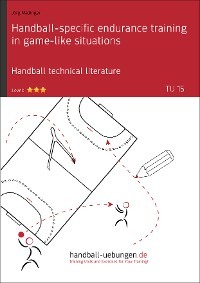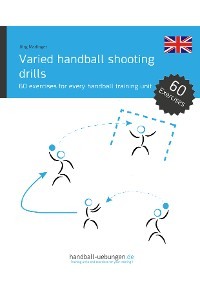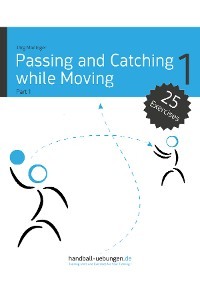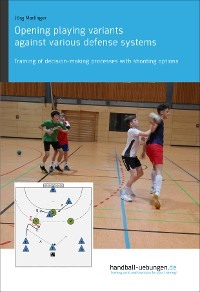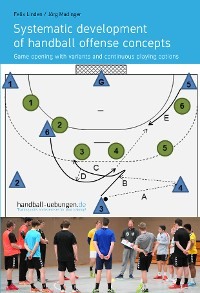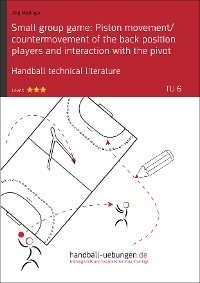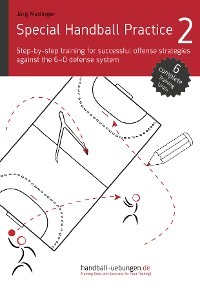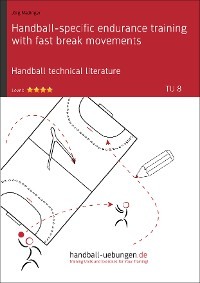Handball Practice 10 - Modern speed handball: Fast adjustment to the 1st and 2nd wave
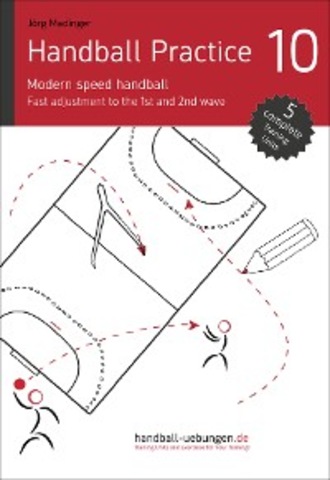
Полная версия
Handball Practice 10 - Modern speed handball: Fast adjustment to the 1st and 2nd wave
Настройки чтения
Размер шрифта
Высота строк
Поля
Конец ознакомительного фрагмента
Купить и скачать всю книгу

